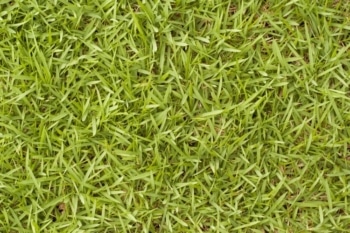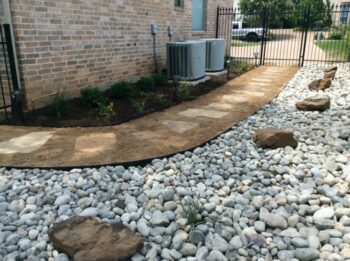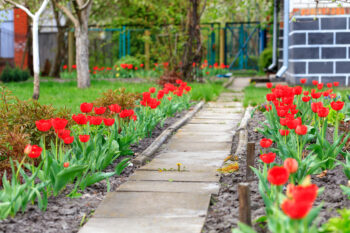 Bermuda grass is considered one of the most terrific grass options for those living in a southern climate. It’s quite tough, capable of surviving extreme summer heat with very little water supply. With minimal care and maintenance, this grass can provide a lovely, hardy lawn cover.
Bermuda grass is considered one of the most terrific grass options for those living in a southern climate. It’s quite tough, capable of surviving extreme summer heat with very little water supply. With minimal care and maintenance, this grass can provide a lovely, hardy lawn cover.
This special grass grows very low and is lovely to walk on, making it a great choice for high-traffic yards. Its soft, fine blades provide a welcoming lawn that’s comfortable for children to walk, sit, or roll around on.
If your lawn has Bermuda grass, you’re in luck because it requires very little time and effort to maintain. However, since we all want a healthy and comfortable lawn, it is important to review a few basic steps for lawn care.
Want more info on the differences between popular turf grasses in North Texas? Check out our service page on different grass types to educate yourself.
Here are some tips for keeping it healthy and enjoyable:
Mowing Bermuda Grass
When mowing Bermuda grass, it is vital to use the right tools for great results. Many lawn owners have complained about poor results simply because they didn’t know the value of using a reel mower on their Bermuda grass. Since it’s a very low-growing grass, you need a mower that’s capable of accommodating this by cutting about 1-1.5 inches from the ground. With the right equipment, there’s no chance of scalping your grass and destroying your lawn.
Watering Bermuda Grass
Even though Mother Nature has her way of watering the plants, it’s crucial that you tend to the specific needs of your lawn. If you notice your Bermuda blades bowing down a little, that’s a sign that it’s thirsty. Bermuda grass needs about 1 inch of water per week.
Read our lawn watering guide for more info.
Aerating Bermuda Grass
Aerating is very important for a fully grass-covered lawn. Do this at least once a year by punching holes in the soil to improve the roots’ access to oxygen, nutrients, and water. This process also allows you to weed out unhealthy patches, and remove any dirt, stones or other debris that may be compromising the health of your lawn.
Fertilizing Bermuda Grass
The best time to apply fertilizer is right after aerating. Because the roots and soil are breathing better, they have an increased chance of absorbing the nutrients needed to ensure their health and longevity. This practice optimizes the benefit of aerating and increases your fertilizer’s effectiveness.
Caring for Bermuda grass is a simple and convenient process for those who enjoy gardening and cultivating beautiful yards. With minimal yet well-informed care, your Bermuda grass is guaranteed to provide you a soft and well-covered ground.





